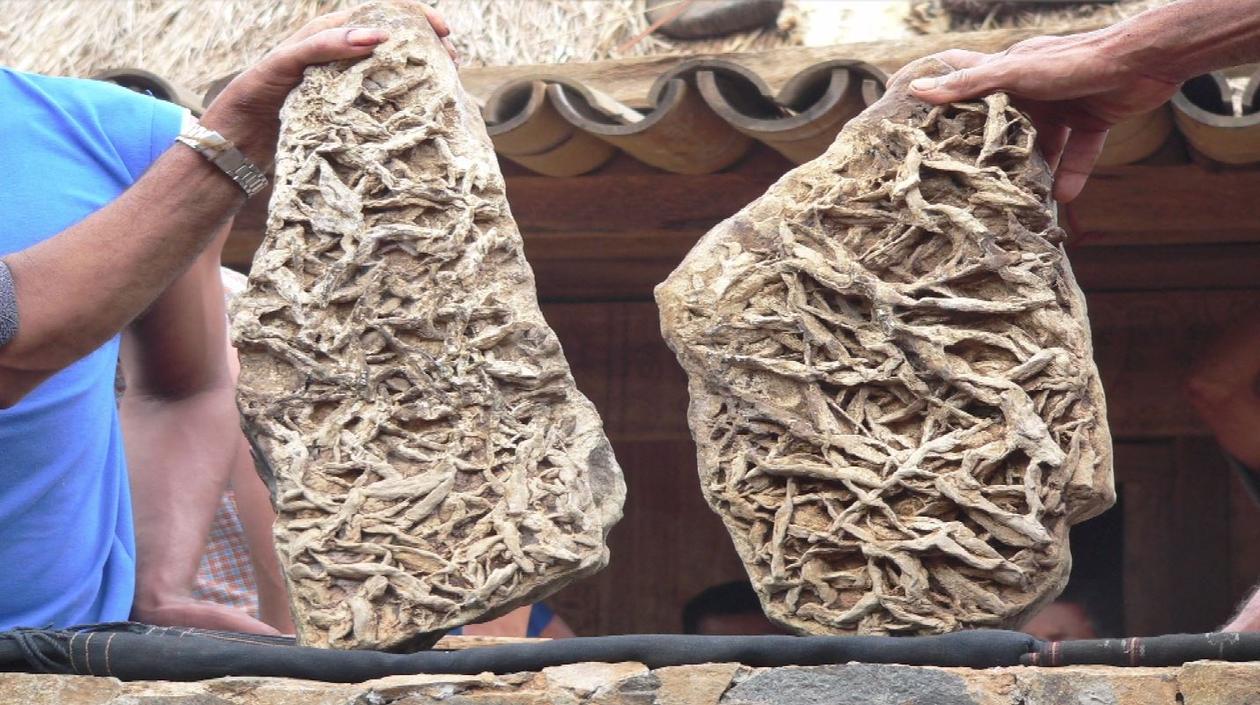Antropologisk film: ideer og innlegg
Ny filmkategori ved instituttet åpnes med innlegget "What do the rocks say?" holdt av professor Olaf H. Smedal på AAA-konferansen i 2014. Ved hjelp av de antropologiske filmskaperne Rolf Scott og Frode Storaas har innlegget nådd lerretet.
What do the rocks say? - by professor Olaf H. Smedal
Hovedinnhold
Ulu er hovedperson i en sentral myte blant folk i fjellområdene i Flores, Øst-Indonesia. I følge landsbybeboerne fant hendelsene om Ulu sted for omtrent femten generasjoner siden. To steiner er viktige gjenstander i historien, blant annet fordi Ulu bruker dem til å styre en hval over havet.
Året var 1990 da professor Smedal først fikk vite at disse steinene faktisk eksisterer. Spenningen ble ikke mindre av at steinene skulle bære inskripsjoner, selv om ingen riktig visste hva som stod på dem. Først femten år senere skulle de mytiske gjenstandene endelig hentes frem for alles skue, inkludert Smedals. Både landsbybeboerne og han selv var spent på professorens reaksjon. Hvordan ville han tolke steinene? Hva var egentlig sannheten bak Ulus arvegods? Hva var budskapet fra forfedrene?
Paperet "What do the rocks say?" er på mange måter professor Smedals innlegg i debatten rundt den ontologiske vendingen i faget. Se innlegget i sin helhet i videoen over.
What do the rocks say?
Paneldiskusjon ved AAA Conference 2014: "Assemblages, ontologies, and nonhuman others: Re-theorizing Southeast Asian Rituals"
Abstract av Pr. Olaf H. Smedal
In the frequently occurring rituals enacted by the Ngadha of Flores, Eastern Indonesia, various entities are mobilised: first of all people (by drawing on networks of kinship, rank, and alliance). Moreover, rituals involve the display or actual use of specific objects – often classified as heirlooms (e.g., weapons, jewellery, human remains) understood to be inalienable wealth. Third, other substances (mainly vegetal and animal) employed must be procured (fetched from the forest or an animal enclosure; borrowed from friends and relatives, bought at regular markets). Fourth, animals featuring in ritual are consecrated and sacrificed and whenever a sacrifice is conducted ancestors are understood to be present as participants – both by consuming sacrificial matter in their own manner and by responding to queries by way of manipulating biological matter. Each Ngadha ritual is thus an event where economic activity (planned or frantic, minor or major) precedes the event itself and where humans interact with each other and in various ways with non-humans (e.g., solid objects, animals, ancestral spirits). While the paper touches on these attributes it concentrates on a rare ritual occasion featuring a foundational heirloom – a pair of rocks – of mythic provenance and uncertain properties.
